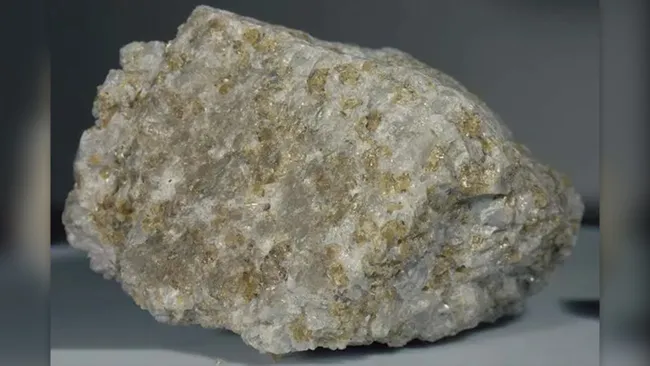New analysis of lunar rocks brought home from the Apollo missions has revealed the presence of hydrogen for the first time. The discovery suggests that future astronauts could one day use the water found on the Moon to support life and rocket fuel.
Researchers at the US Naval Research Laboratory (NRL), where NASA provided lunar samples for the study, announced last week that they detected hydrogen in lunar soil sample number 79221. It is believed that the hydrogen found was created by continuous showers. solar wind and even comets colliding with the moon.
“Hydrogen has the potential to be a resource that could be used directly on the lunar surface when more regular or permanent installations are available,” the study’s lead author, Catherine Burgess, a geologist at NRL, said in a statement. “Finding resources and understanding how to collect them before going to the moon will be incredibly valuable for space exploration.
Launching a water bottle to the moon would cost thousands of dollars, according to a NASA estimate. To reduce costs, ice on the moon can be used in situ as water for astronauts, and can actually be separated into its components (hydrogen and oxygen) for use as rocket fuel for the journey between the moon and Earth. Soil. Maybe it could one day be used to send humans to Mars; maybe even further.
In 2020, data from the now-decommissioned SOFIA near-infrared telescope revealed that water on the Moon may have been distributed as ice across its entire surface, rather than pools confined to permanently shadowed regions near the Moon’s north and south poles.
Interestingly, the Apollo astronauts collected moon rocks near the moon’s equator rather than near its south pole, where many countries hope to establish a long-term presence. Therefore, the new findings “have important implications for the stability and persistence of molecular hydrogen in regions beyond the lunar poles,” the scientists write in the new study.
India’s Chandrayaan-3 lunar mission, which dropped off a defunct robotic lander and rover duo near the moon’s south pole, discovered another intriguing element, sulfur, on the surface, perhaps in greater abundance than previously thought. This element could one day help astronauts develop batteries and other infrastructure on the moon. Source













